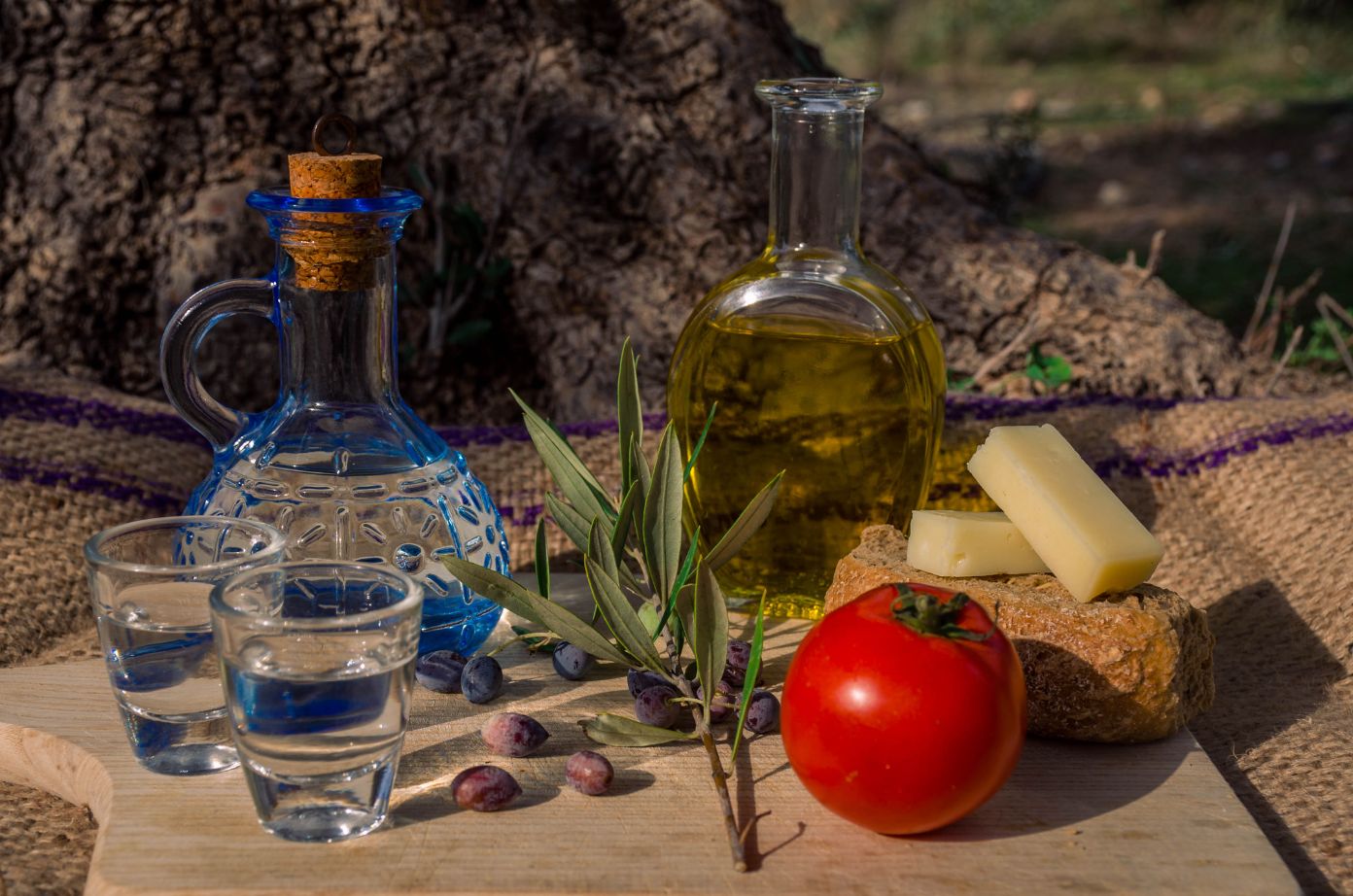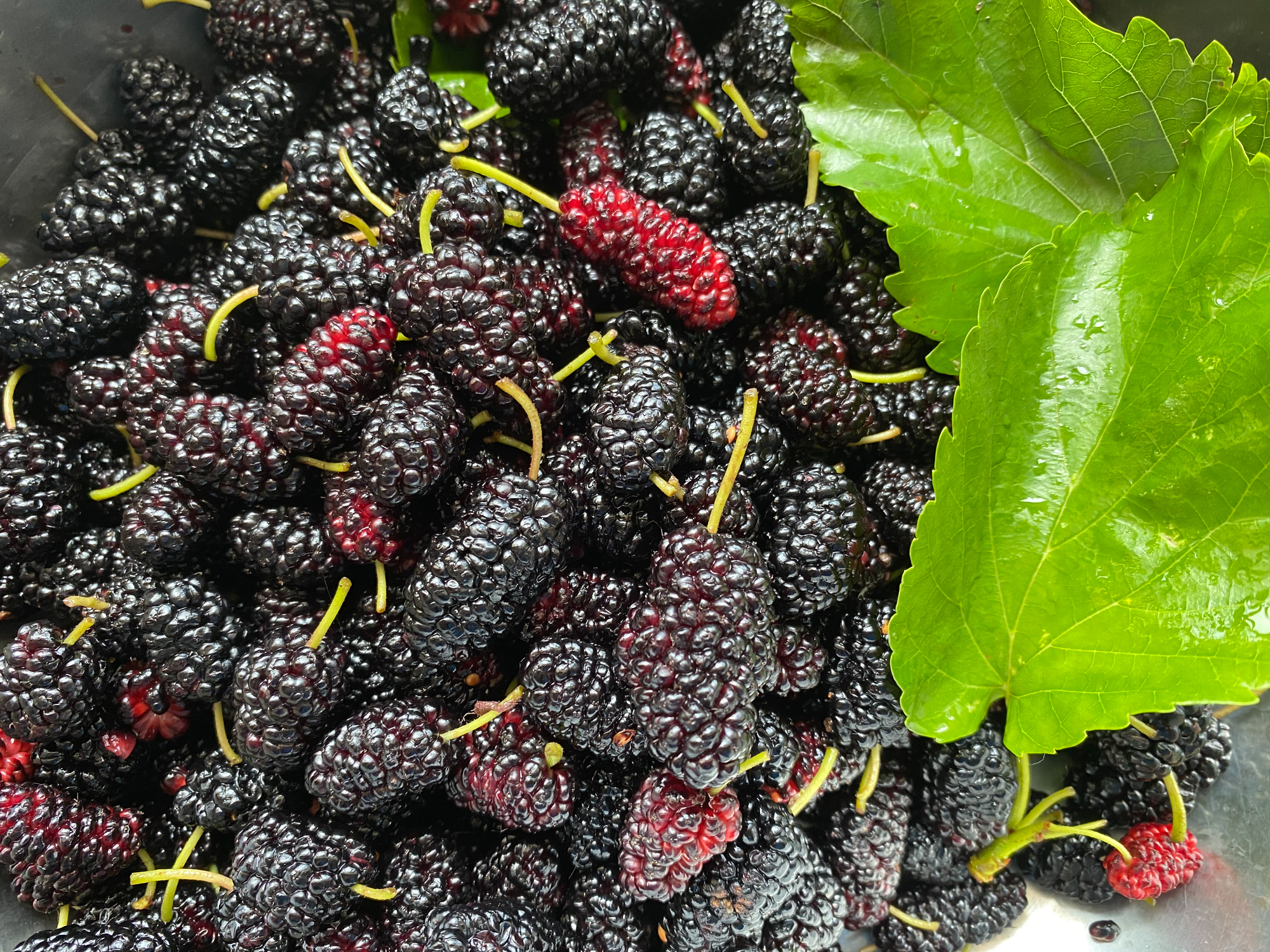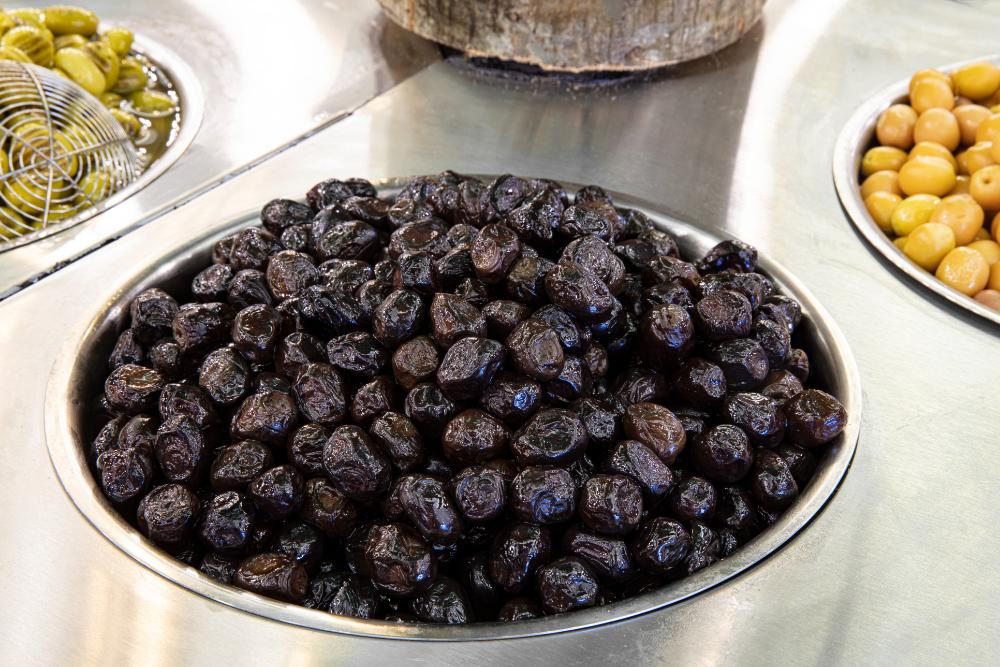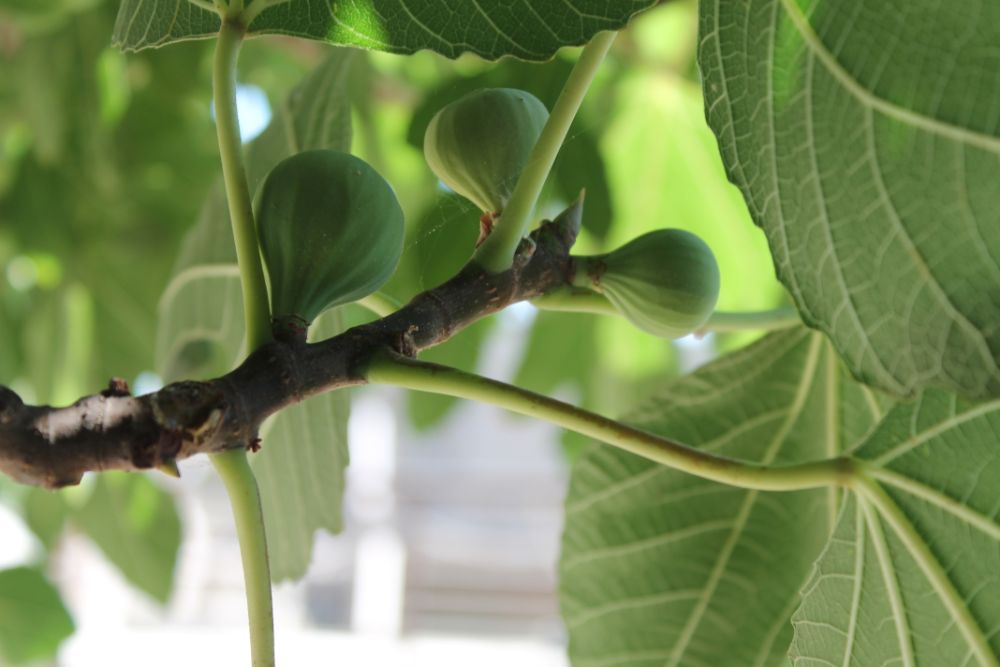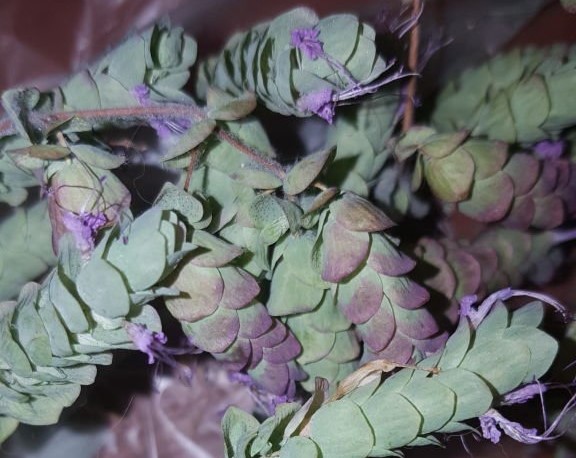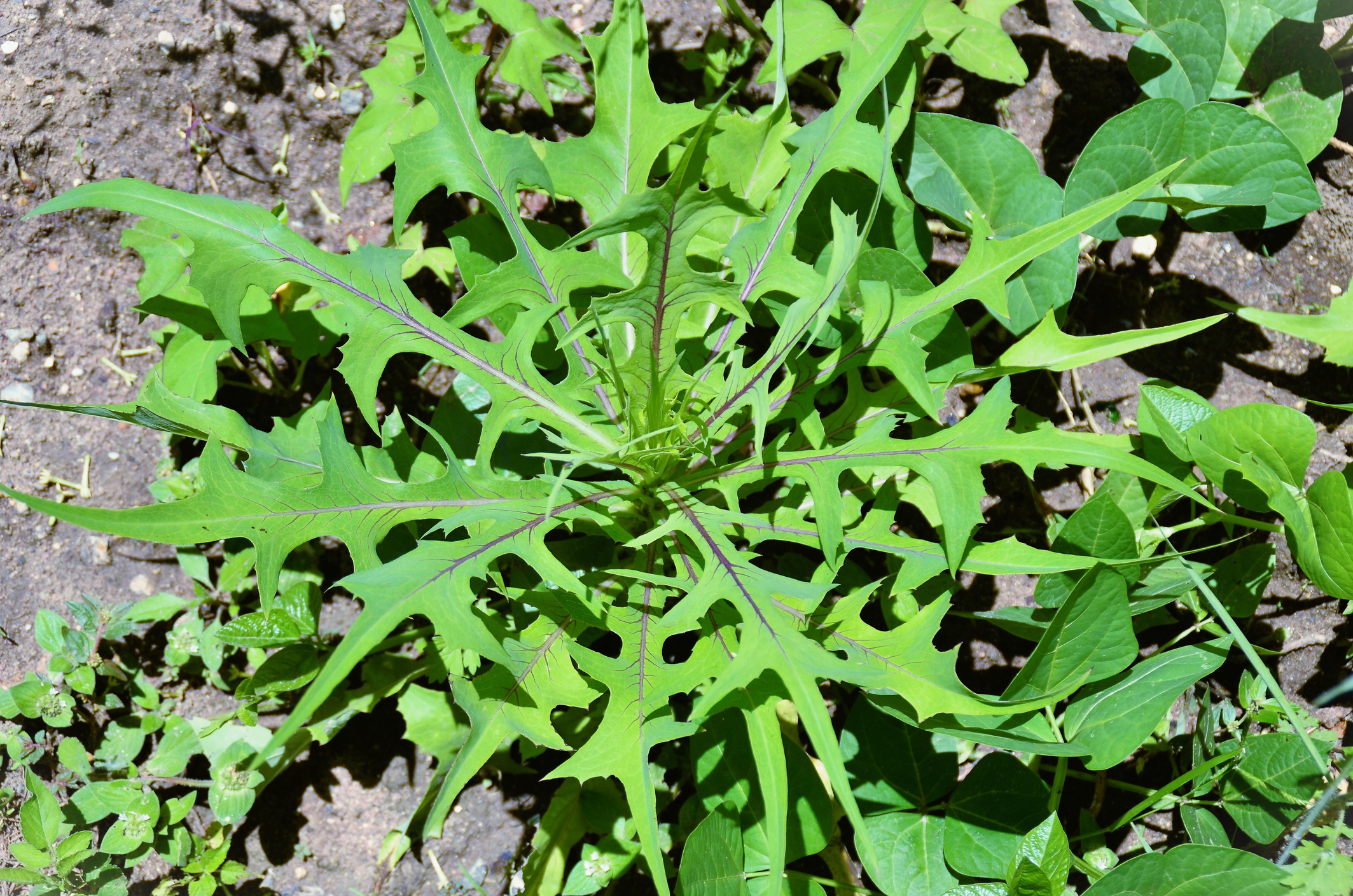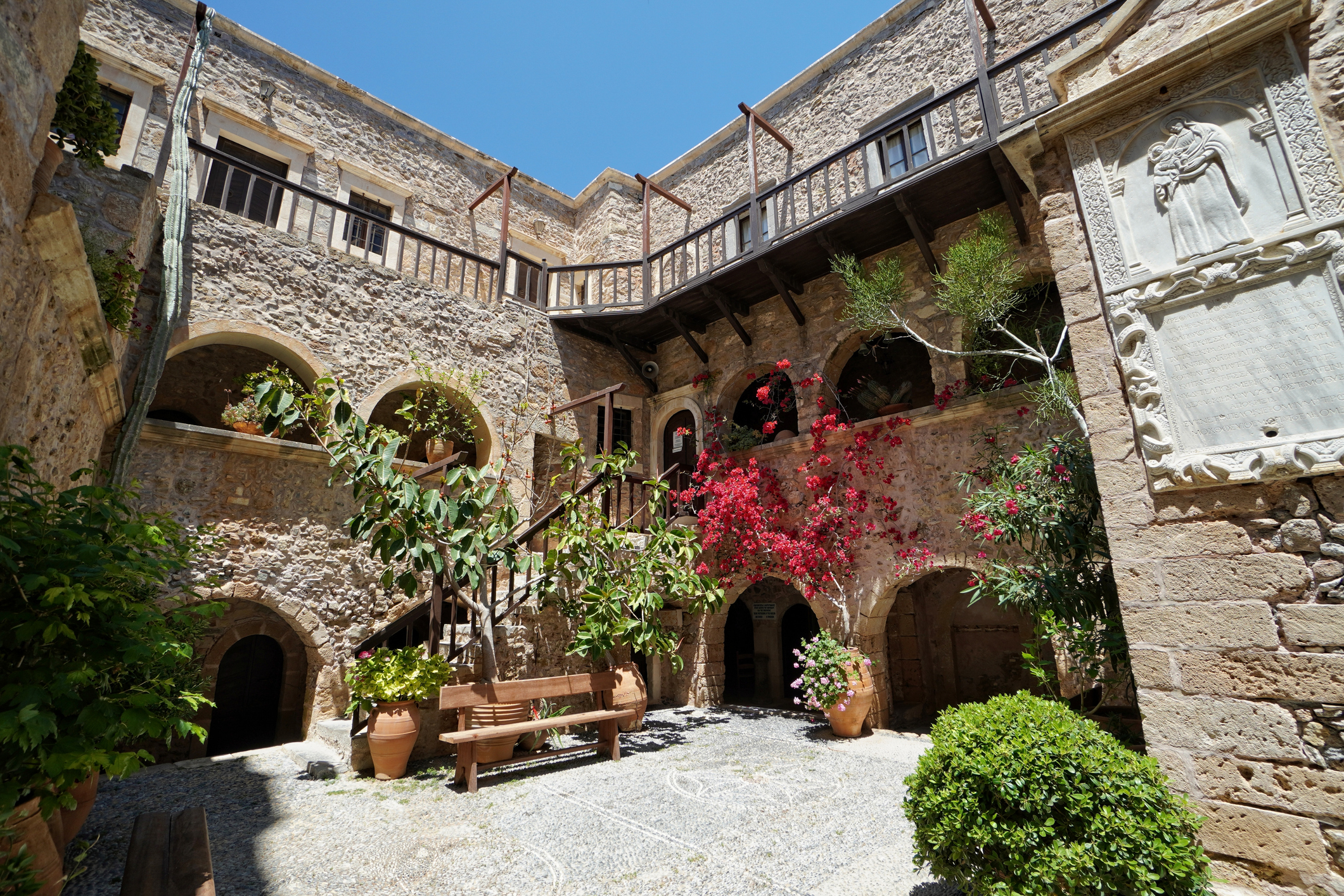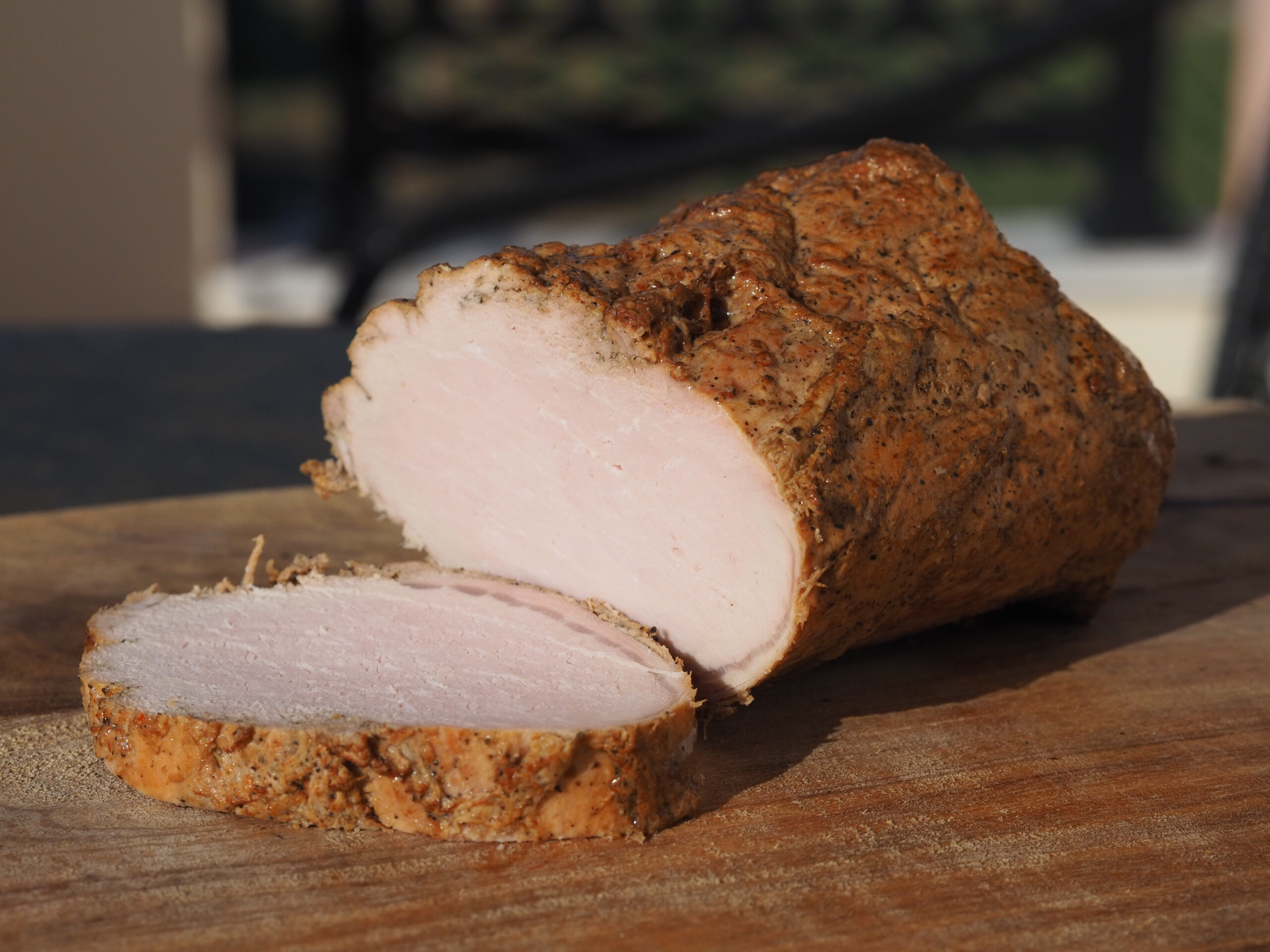The Cultural Significance of Raki in Crete
Raki, a traditional spirit from Crete, holds a significant place in the island’s culture and heritage. Known for its strong flavor and aroma, Raki is made from the distillation of grape pomace, the residue left after winemaking. This spirit is also referred to as Tsikoudia. The history of Raki dates back to the 15th century, with origins rooted in the Minoan civilization, where winemaking practices emerged.
Traditionally, Raki is produced in small family-owned distilleries, especially during the grape harvest season in late autumn. The production of Raki is often a community event, marked by a festive atmosphere, where families and friends gather to celebrate with music, food, and, of course, Raki. The distillation process itself is an art, with each family often possessing unique recipes and techniques that have been passed down through generations.
Raki is more than just a drink; it symbolizes hospitality and social connection in Cretan society. It is typically served as an aperitif, often accompanying meze — small plates of food that enhance the tasting experience. Over time, Raki has evolved into a symbol of Cretan identity, played a central role in local customs, celebrations, and even rituals. While its production has adapted to modern standards, the essence of Raki as a quintessential part of Cretan life continues to thrive, reflecting the island’s rich traditions and communal spirit.

